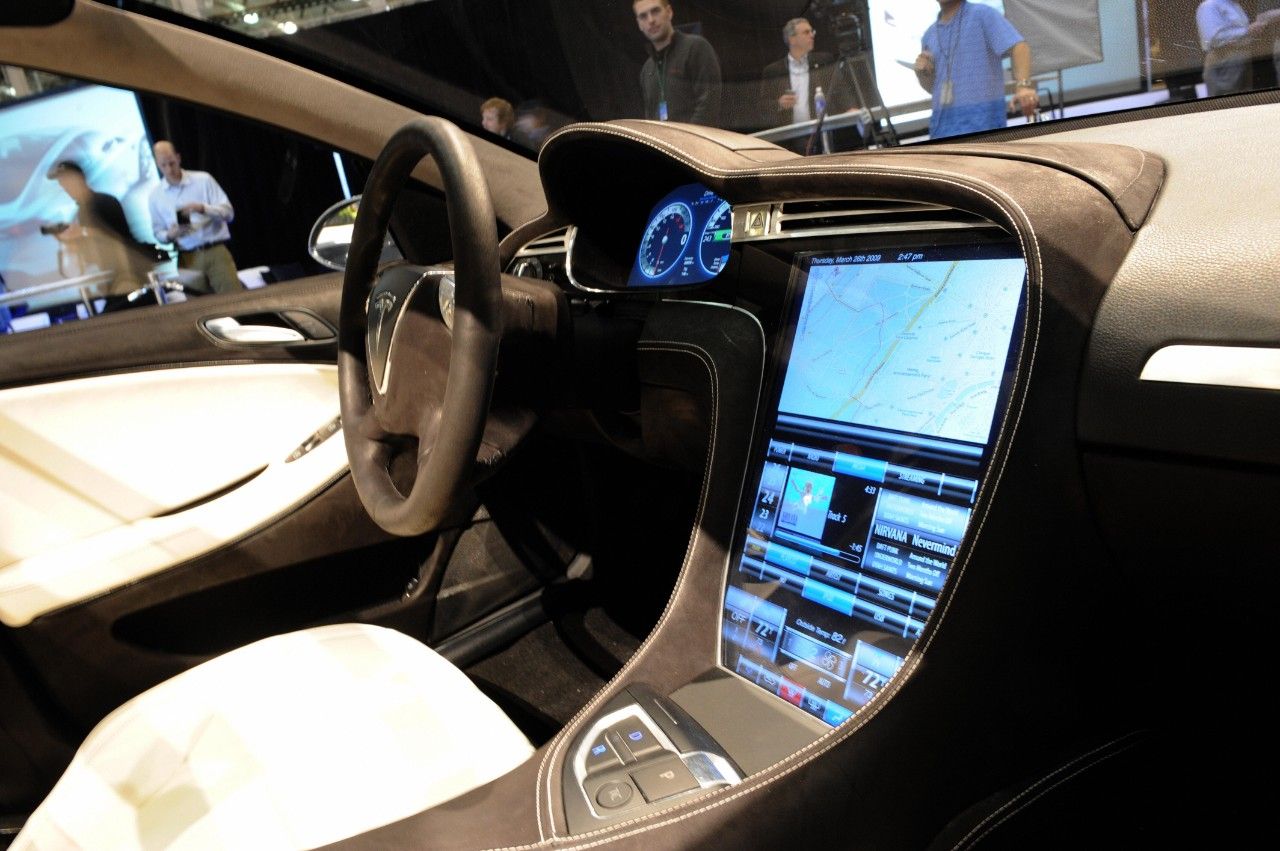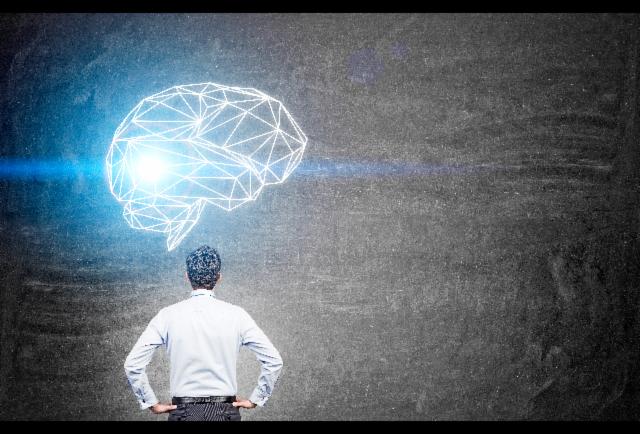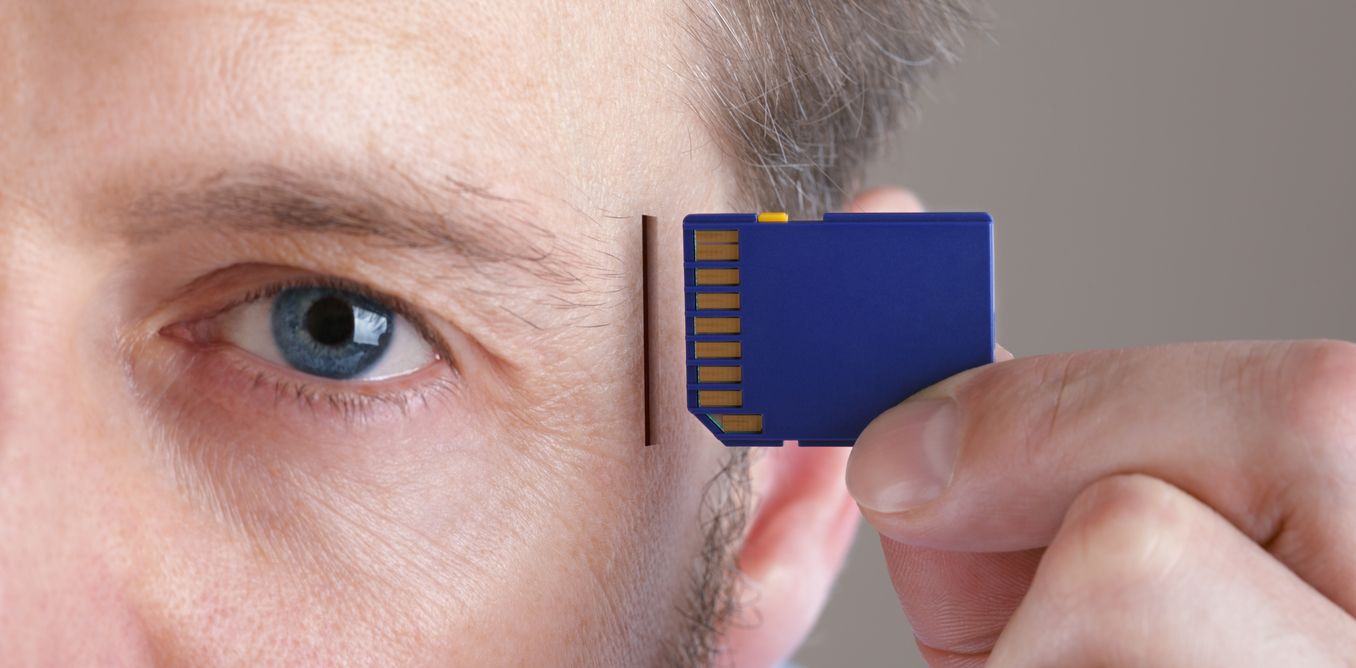Page 11035
Jul 3, 2016
Proof Beyond a Reasonable Doubt That Majorana Fermions Exist
Posted by Shailesh Prasad in categories: computing, cosmology, particle physics, quantum physics
Not only could they transform quantum computing, they’re a candidate for dark matter.
A team of Chinese physicists from Shanghai’s Jiaotong University have proof beyond a reasonable doubt of the existence of the Majorana fermion — a special particle that could potentially revolutionize quantum computing.
“The search for this particle is for condensed-matter physicists what the Higgs boson search was for high-energy particle physicists,” said Leonid Rokhinson, an associate professor of physics at Purdue University, who was the first to detect the signature of the fermion in 2012 but was not involved in this study, in a 2012 press release. “It is a very peculiar object because it is a fermion yet it is its own antiparticle with zero mass and zero charge.”
Continue reading “Proof Beyond a Reasonable Doubt That Majorana Fermions Exist” »
Jul 3, 2016
Heavy Metal and Natural Language Processing — Part 1
Posted by Sean Cusack in category: robotics/AI
In this post I refer to lyrics of certain bands as being “Metal”. I know some people have strong feelings about how genres are defined, and would probably disagree with me about some of the bands I call metal in this post. I call these band “Metal” here for the sake of brevity only, and I apologise in advance.
Introduction
Natural language is ubiquitous. It is all around us, and the rate at which it is produced in written, stored form is only increasing. It is also quite unlike any sort of data I have worked with before.
Continue reading “Heavy Metal and Natural Language Processing — Part 1” »
Jul 3, 2016
New research considers ‘growing’ drones
Posted by Klaus Baldauf in categories: drones, military
The BBC’s defence correspondent Jonathan Beale finds out more about the development of new military technology, including whether a drone can be chemically “grown”.
Jul 2, 2016
Stephen Hawking: Greed, stupidity greatest threats to Earth
Posted by Aleksandar Vukovic in category: futurism
LOS ANGELES — Physicist Stephen Hawking says pollution, greed and stupidity are the greatest threats to Earth.
Hawking told Larry King Now on Saturday that he’s worried by overcrowding.
“We certainly have not become less greedy or less stupid,” Hawking said. “Six years ago I was worrying about pollution and overcrowding. They have gotten worse since then.”
Continue reading “Stephen Hawking: Greed, stupidity greatest threats to Earth” »
Jul 2, 2016
The Tesla Autopilot Crash Victim Was Apparently Watching Harry Potter When He Died
Posted by Aleksandar Vukovic in categories: engineering, robotics/AI, sustainability, transportation
Joshua Brown, 40, believed in the power of engineering. He was a former Navy SEAL, a technology consultant, and a Tesla fan. He had posted YouTube videos of himself driving a Tesla Model S on autopilot, taking his hands off the wheel to show how the car could avoid a collision on its own. He had nicknamed his car “Tessy.”
Jul 2, 2016
Quantum Entanglement Holds DNA Together, Say Physicists
Posted by Shailesh Prasad in category: quantum physics
A new theoretical model suggests that quantum entanglement helps prevent the molecules of life from breaking apart.
Jul 2, 2016
US opens investigation into Tesla after fatal crash
Posted by Aleksandar Vukovic in categories: robotics/AI, sustainability, transportation
The driver of a Tesla car died in Florida in May after colliding with a lorry.
Under scrutiny is Tesla’s Autopilot feature, which automatically changes lanes and reacts to traffic.
In a statement, Tesla said it appeared the Model S car was unable to recognise “the white side of the tractor trailer against a brightly lit sky” that had driven across the car’s path.
Continue reading “US opens investigation into Tesla after fatal crash” »
Jul 2, 2016
Are You In A Leadership Role? Here’s What You Need To Know About Your Brain
Posted by Karen Hurst in category: neuroscience
In my work, I talk a lot about how to reduce fear in the workplace and structure full engagement. The HeartMath Institute’s work brings to light a key component of this type of leadership. When I speak about things like recruiting based on company values, aligning people with an emotionally compelling mission and vision, creating an environment of safety and belonging, frequently recognizing and celebrating achievements so that people know they matter…I am also talking about how to engage the hearts of your people. Engaging the heart is a key component of evolving a “Smart State”. It’s time to consider the heart brain at work.
Christine Comaford is the author of SmartTribes: How Teams Become Brilliant Together.
Jul 2, 2016
How brain implants can let paralysed people move again
Posted by Karen Hurst in category: biotech/medical
Something as simple as picking up a cup of tea requires an awful lot of action from your body. Your arm muscles fire to move your arm towards the cup. Your finger muscles fire to open your hand then bend your fingers around the handle. Your shoulder muscles keep your arm from popping out of your shoulder and your core muscles make sure you don’t tip over because of the extra weight of the cup. All these muscles have to fire in a precise and coordinated manner, and yet your only conscious effort is the thought: “I know: tea!”
This is why enabling a paralysed limb to move again is so difficult. Most paralysed muscles can still work, but their communication with the brain has been lost, so they are not receiving instructions to fire. We can’t yet repair damage to the spinal cord so one solution is to bypass it and provide the instructions to the muscles artificially. And thanks to the development of technology for reading and interpreting brain activity, these instructions could one day come direct from a patient’s mind.
We can make paralysed muscles fire by stimulating them with electrodes placed inside the muscles or around the nerves that supply them, a technique known as functional electrical stimulation (FES). As well as helping paralysed people move, it is also used to restore bladder function, produce effective coughing and provide pain relief. It is a fascinating technology that can make a big difference to the lives of people with spinal cord injury.
Continue reading “How brain implants can let paralysed people move again” »


















